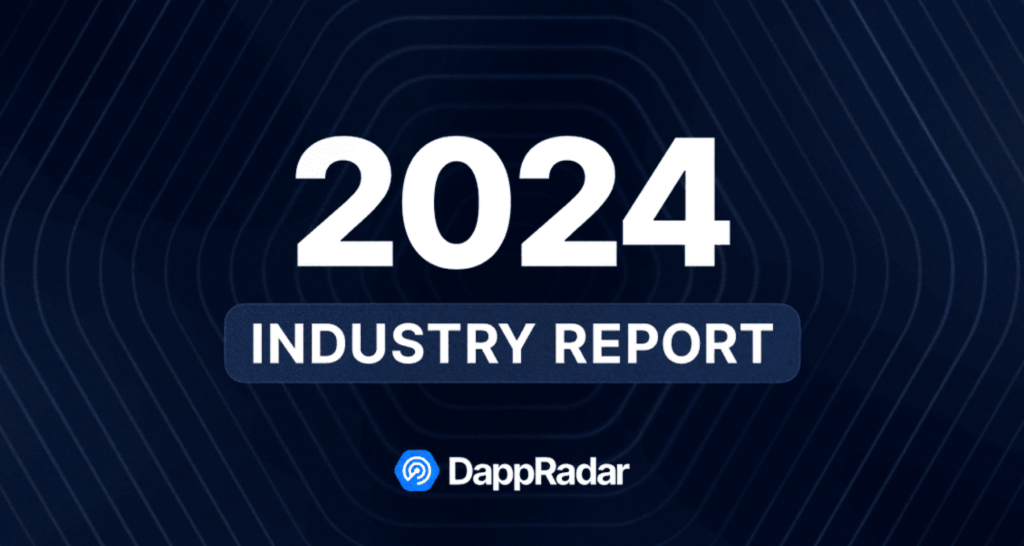Ledger’s CTO on the Future of Ethereum

Ledger CTO Charles Guillemet delves into Ethereum’s future and its potential to foster the widespread adoption of Web3.
On this page
To boost Ethereum's scalability, Guillemet recommends measures like expanding block sizes, utilizing sidechains (such as the Polygon network), sharding, and second-layer solutions like rollups. Charles identifies sharding and rollups as the most promising solutions to the blockchain trilemma.
Sharding
Sharding implies dividing the blockchain into smaller networks, dubbed shards or segments. These sub-networks can process transactions simultaneously, which drastically improves throughput. However, sharding has its limitations, including challenges in achieving overall consensus, complex inter-shard connections, and potential vulnerabilities.
For a detailed understanding of the pros and cons of sharding, check out a dedicated article on our website.
Rollups
Rollups are currently seen as the most feasible approach to enhance Ethereum's scalability. By shifting transaction processing from the main chain to separate environments, it lightens the load on the primary blockchain.
The crypto community is particularly intrigued by two main types of rollups: Optimistic Rollups and ZK-Rollups.
Optimistic Rollups operate under the presumption that all transactions are legitimate, only necessitating verification in contested cases. This process spans over a few days, and if any fraudulent activity is discovered, the transaction is annulled. L2 networks such as Optimism and Arbitrum are examples of this.
ZK-Rollups leverage ZK-Proof (ZKP) technology to validate transactions off-chain, thereby ensuring the Ethereum main network's security. ZK-Rollups create proof of legitimacy, which is subsequently validated by a smart contract within the blockchain. zkSync is a network that utilizes ZK-Rollup technology.
EIP-4844 and EIP-4488
While ZK-Rollups increase efficiency, they sometimes make data inaccessible when it might be required for future reference. Ethereum developers propose two solutions for this: EIP-4844 and EIP-4488.
EIP-4844 proposes a new transaction type for data storage, while EIP-4488 aims to reduce the calldata gas cost. This data remains immutable and is read-only.
Final words
Guillemet regards rollups as a key component in Ethereum's ongoing development, primarily focusing on enhancing scalability and leveraging the full potential of decentralized applications. Rollups are instrumental in creating an efficient, decentralized, and secure environment for widespread cryptocurrency adoption.
The content on The Coinomist is for informational purposes only and should not be interpreted as financial advice. While we strive to provide accurate and up-to-date information, we do not guarantee the accuracy, completeness, or reliability of any content. Neither we accept liability for any errors or omissions in the information provided or for any financial losses incurred as a result of relying on this information. Actions based on this content are at your own risk. Always do your own research and consult a professional. See our Terms, Privacy Policy, and Disclaimers for more details.


























